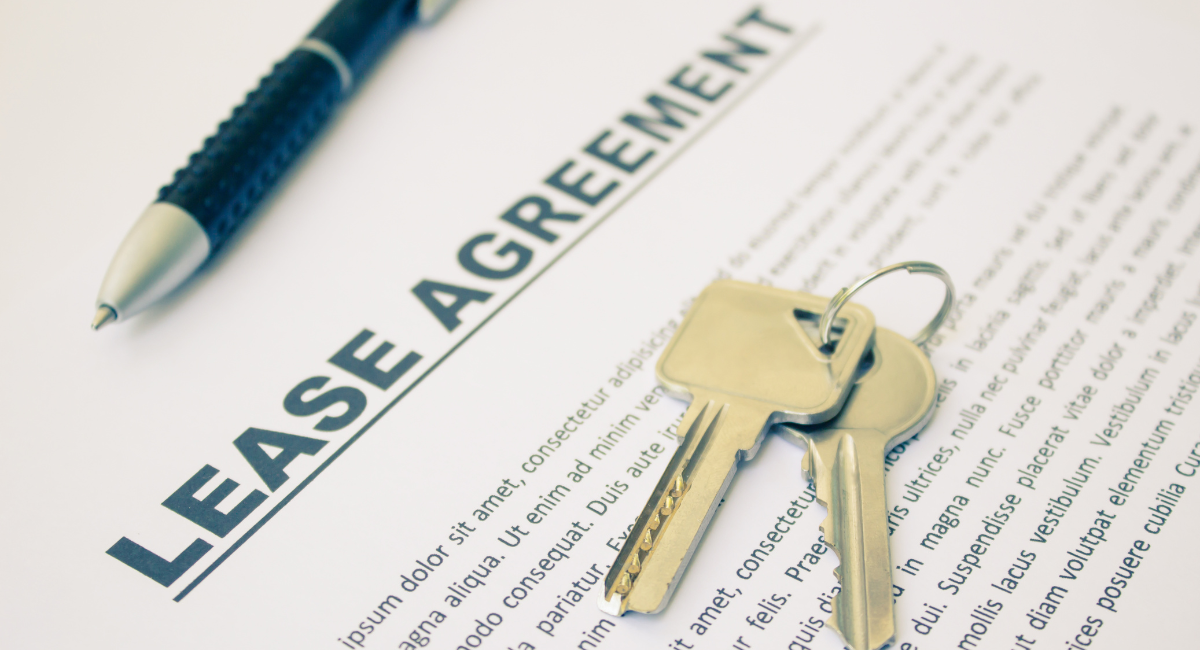The residential tenancies act 1986
The Residential Tenancies Act is a legal framework that guides the relationship between landlords and tenants in New Zealand. It aims to make renting a fair and smooth experience for both sides. Some of the key aspects of the Act are:
- It ensures that rental properties are safe and healthy, and makes landlords follow the healthy homes’ standards – see more about this below.
- It protects tenants from excessive rent hikes by allowing only one rent increase per year, and making landlords give at least 60 days’ notice before raising the rent.
- It prevents landlords from charging unreasonable amounts of money as a bond or rent in advance, by capping the bond at four weeks’ rent and the advance rent at one week’s rent.
- It clarifies the reasons and methods for ending a tenancy, and gives tenants more stability by lengthening the notice periods for some kinds of termination.
- It creates the Tenancy Tribunal as an impartial authority that can settle conflicts between landlords and tenants, and uphold the act.
- It imposes penalties and remedies for violations of the act, such as unlawful eviction, damage to property, or harassment.
HEALTHY HOME STANDARDS
The healthy homes standards became law on 1 July 2019 and introduced specific and minimum standards for heating, insulation, ventilation, moisture entry and drainage, draught stopping, and smoke alarms in rental properties.
Between 1 July 2021 and 1 July 2025, all private rentals must comply with the healthy homes’ standards within certain timeframes from the start of any new, or renewed, tenancy. Different timeframes depend on the type of rental home. The standards are intended to benefit both landlords and tenants by reducing health risks, maintenance costs, and disputes.
By making your rental property compliant with healthy homes standards, you will not only meet your legal obligations as a landlord, but also provide a warmer, drier and healthier home for your tenants.
CHANGES TO BE MADE TO THE RESIDENTIAL TENANCIES AMENDMENT ACT 2020
Some significant changes were introduced in The Residential Tenancies Amendment Act 2020. One of the changes meant landlords lost the ability to end a tenancy without giving a reason, provided they gave 90 days’ notice. The current Government plans to reinstate the prior law which means that landlords will, again, be able to give notice to their tenants to move out without providing a reason why.
The Government also intends to reduce tenants’ required notice period for the end of a periodic tenancy from 28 days to 21, and will reduce the amount of time that landlords have to give if they want to sell, do renovations, redevelop, or move in to a property from 90 days to 42.
Investors will regain their ability to deduct home loan interest costs from their rental income for tax purposes and the Bright-line test will return to two years. The previous Government pushed out the amount of time that investors had to hold on to an existing property to avoid being charged tax on any capital gains, to 10 years. The Government has said it will return this to the original two years.
There may also be a change to allow landlords to ask for extra rent to cover potential damage to a rental property from an animal. At the moment, landlords cannot charge more than four weeks’ rent as a bond.
Join our Newsletter
Stay tuned
Contact Us
We will get back to you as soon as possible.
Please try again later.



